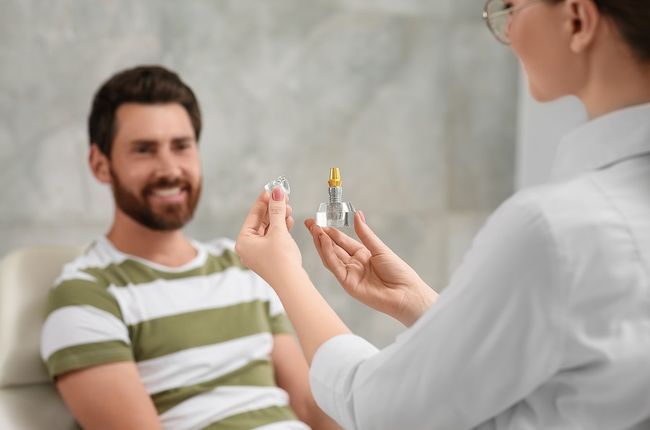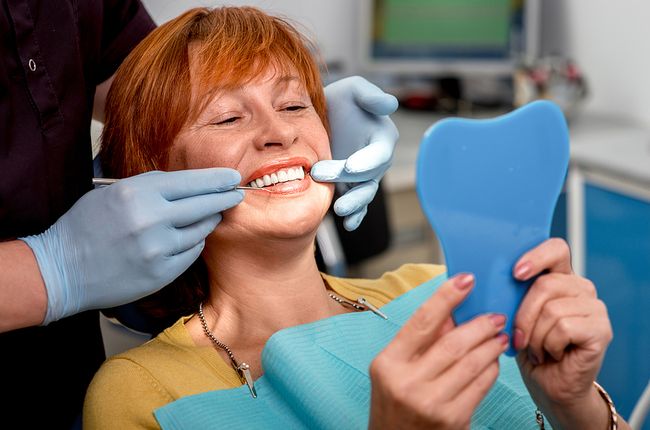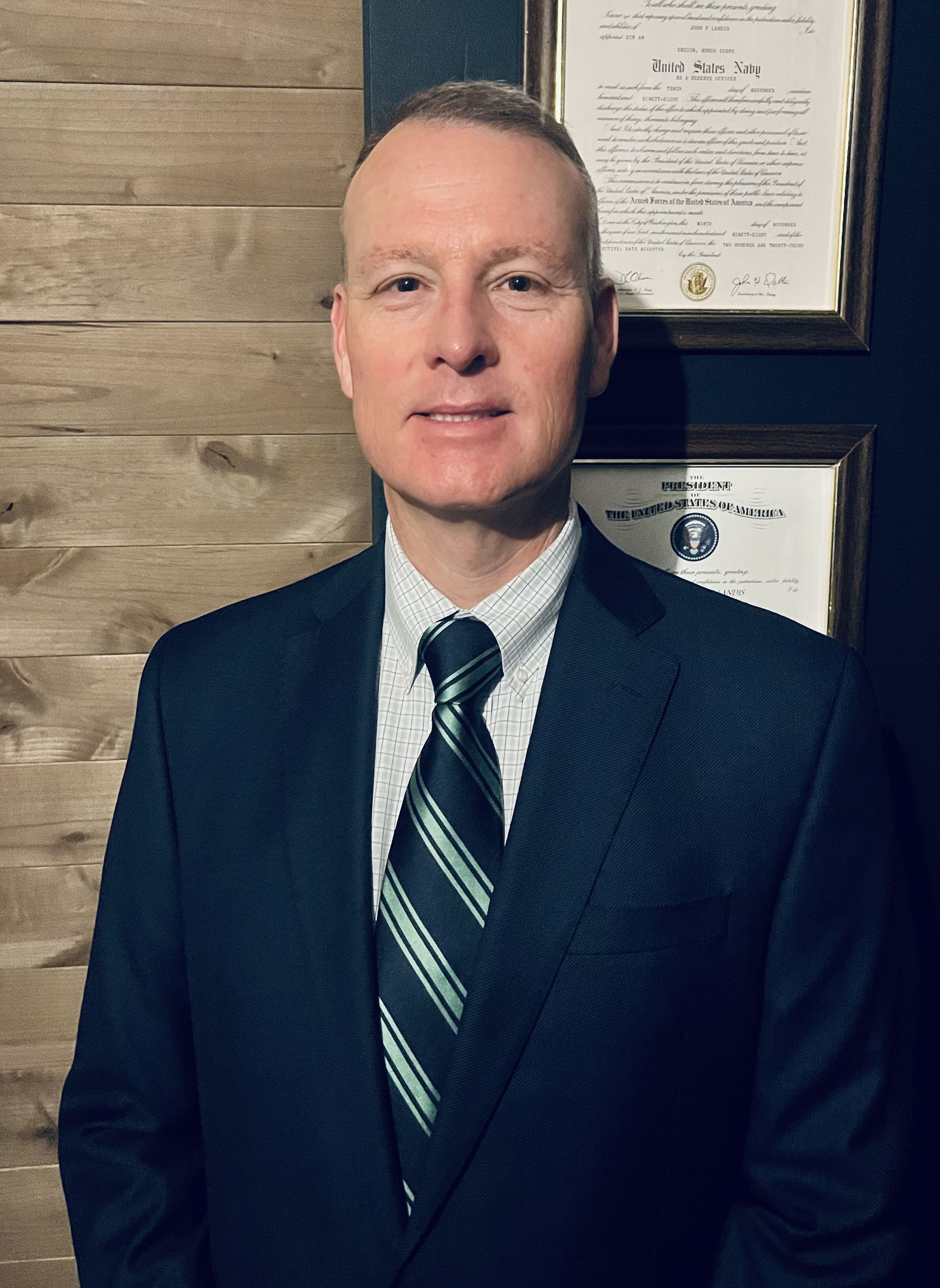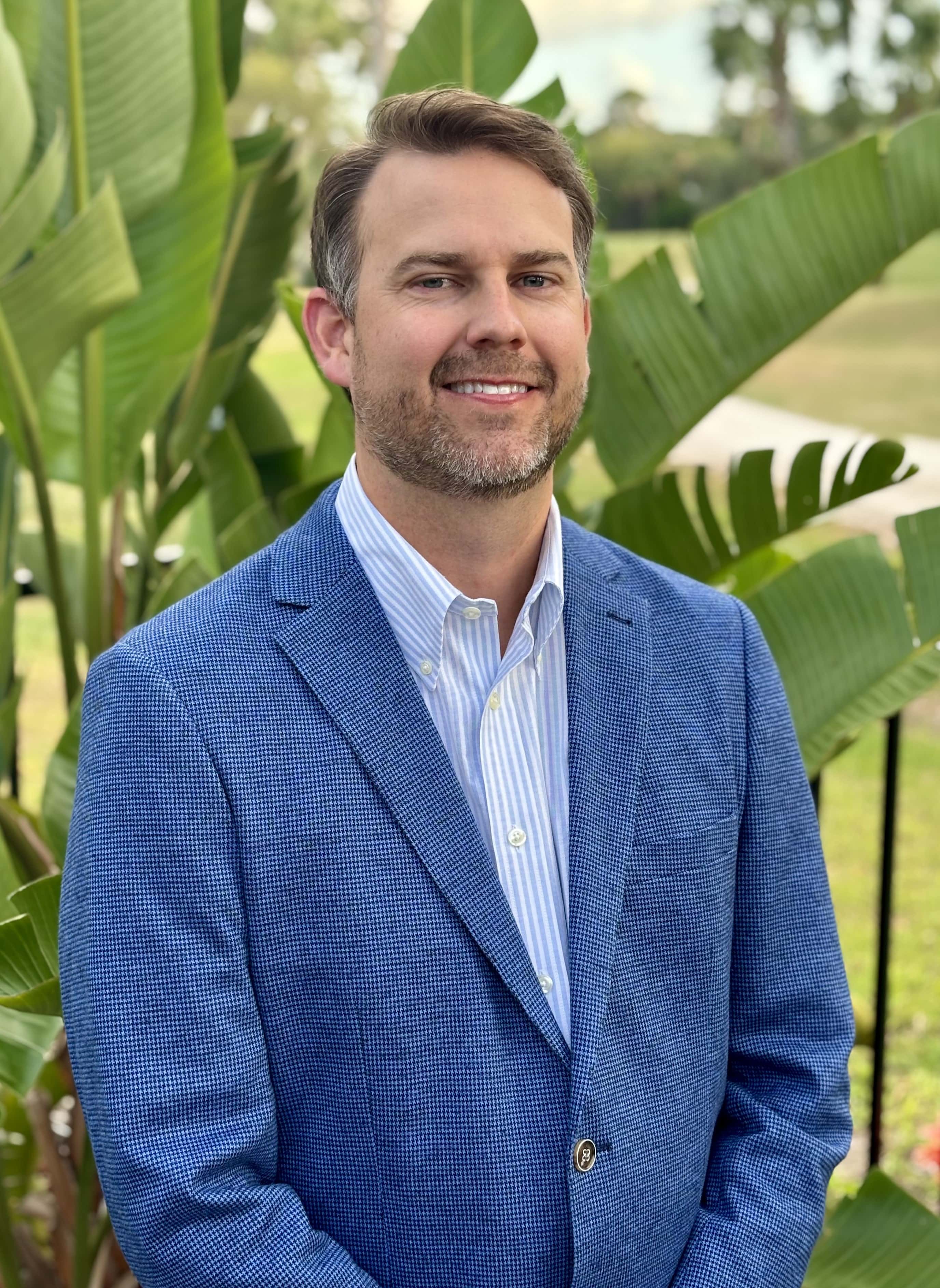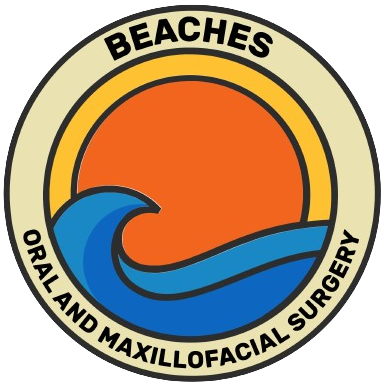Bone grafting may sound like a complex medical procedure, but it's more common than you might think. For those facing issues with bone loss or skeletal stability, this technique can play a pivotal role in restoring health and functionality. Whether due to injury, disease, or prior surgeries, many individuals find themselves needing assistance to rebuild their bones. Understanding what bone grafting entails is the first step toward reclaiming your well-being. Let’s dive into the essential aspects of this treatment option and discover how it can make a significant difference for patients in Jacksonville Beach, FL.
Reasons for Bone Grafting
Bone grafting is often necessary for various reasons.
- One common reason is to repair fractures that fail to heal properly, known as non-union fractures. This can happen due to insufficient blood supply or excessive movement at the fracture site.
- Another key reason involves dental procedures. When preparing for implants, a patient may lack enough bone structure in the jaw. Bone grafting helps create a solid foundation for successful implant placement.
- In cases of bone loss from conditions like osteoporosis or tumors, grafting becomes crucial. It restores lost volume and integrity, allowing patients to regain functional mobility.
- Additionally, trauma victims might need bone grafts after severe injuries. These surgical interventions enable proper healing and restore normal function in affected areas.
- Orthopedic surgeries often require additional support through bone grafts to ensure optimal outcomes and long-term success.
Types of Bone Grafts
Bone grafts come in various types, each tailored to specific needs and conditions.
- The most common is autograft, which uses bone harvested from the patient’s own body. This method typically yields high success rates since it integrates seamlessly with existing bone.
- Allografts are sourced from a donor, often through a tissue bank. They provide a ready supply of bone material but may carry risks of rejection or infection.
- Xenografts use animal bones, usually derived from cows. These serve as scaffolds for new bone growth and are beneficial when human graft options aren’t viable.
- Synthetic grafts offer another alternative, utilizing biocompatible materials that stimulate natural bone formation. They present no risk of disease transmission but require careful consideration during placement.
Choosing the right type depends on factors like the location of the defect and individual patient circumstances. Consulting an experienced professional ensures optimal outcomes for those considering this procedure. Contact us now.
The Procedure and Recovery Process
The bone grafting procedure typically begins with anesthesia to ensure the patient is comfortable throughout. The surgeon then makes an incision at the treatment site, exposing the bone that requires grafting.
Once accessed, the damaged or missing area is cleaned and prepared for the graft material. Depending on the type of graft—whether it’s autograft, allograft, or synthetic—the chosen material is carefully placed to encourage new bone growth.
After securing the graft in position, sutures are used to close up the incision. Patients may receive specific instructions on care and activity restrictions post-surgery.
Recovery varies based on individual circumstances and the extent of surgery. Initial healing can take a few weeks while complete integration of bone takes several months. Regular follow-ups help monitor progress and address any concerns during recovery.
Risks and Complications
Bone grafting, while generally safe, does carry some risks and potential complications.
- Infection is one concern that can arise during the healing process. Proper care and hygiene are essential to minimizing this risk.
- Another issue might be graft rejection or failure. Sometimes, the body does not accept the new bone tissue as intended, leading to inadequate healing or integration with existing bone.
- Patients may also experience discomfort or pain at both the donor site and the recipient site. This soreness can vary based on individual pain tolerance and specific procedures used.
- There’s also a chance of delayed healing due to various factors like age, overall health, or lifestyle choices such as smoking. These elements can significantly affect recovery time and success rates.
- Nerve damage is another rare but serious complication associated with certain types of bone grafts. Awareness of these risks helps in making informed decisions about undergoing this procedure.
Alternative Treatments
When considering alternatives to bone grafting, several options may be available depending on the specific situation.
- For some patients, stem cell therapy has emerged as a promising approach. This treatment harnesses the body’s own regenerative capabilities to promote healing and growth in areas where bone is needed.
- Another alternative involves the use of guided tissue regeneration (GTR). This technique uses barrier membranes to direct the growth of new bone and soft tissue at sites that lack sufficient structure. It can be particularly effective for periodontal issues.
- For less severe cases, physical therapies like ultrasound or electrical stimulation might stimulate natural healing processes without surgical intervention.
Each option carries its own set of benefits and drawbacks, making it essential for patients to consult with their healthcare provider in Jacksonville Beach, FL, before deciding on a course of action tailored to their unique needs.
Conclusion
Bone grafting is a significant medical procedure that can greatly enhance the quality of life for patients in need. Understanding what it entails, when it's necessary, and the various types available helps demystify the process.
Whether you face issues from injury, dental problems, or age-related degeneration, knowing your options can empower you to make informed decisions about your health care.
If you're considering bone grafting in Jacksonville Beach, FL, consulting with a specialist will help clarify any questions and guide you through each step of your treatment journey. Your health is important—don’t hesitate to seek out the best possible care tailored for you.
Ready to take the next step toward optimal oral health? Contact Beaches Oral and Maxillofacial Surgery today at (904) 246-6545 or visit us at 472 Jacksonville Dr. Jacksonville Beach, FL 32250. Our skilled team is dedicated to providing exceptional oral and maxillofacial care in a comfortable and welcoming environment.





